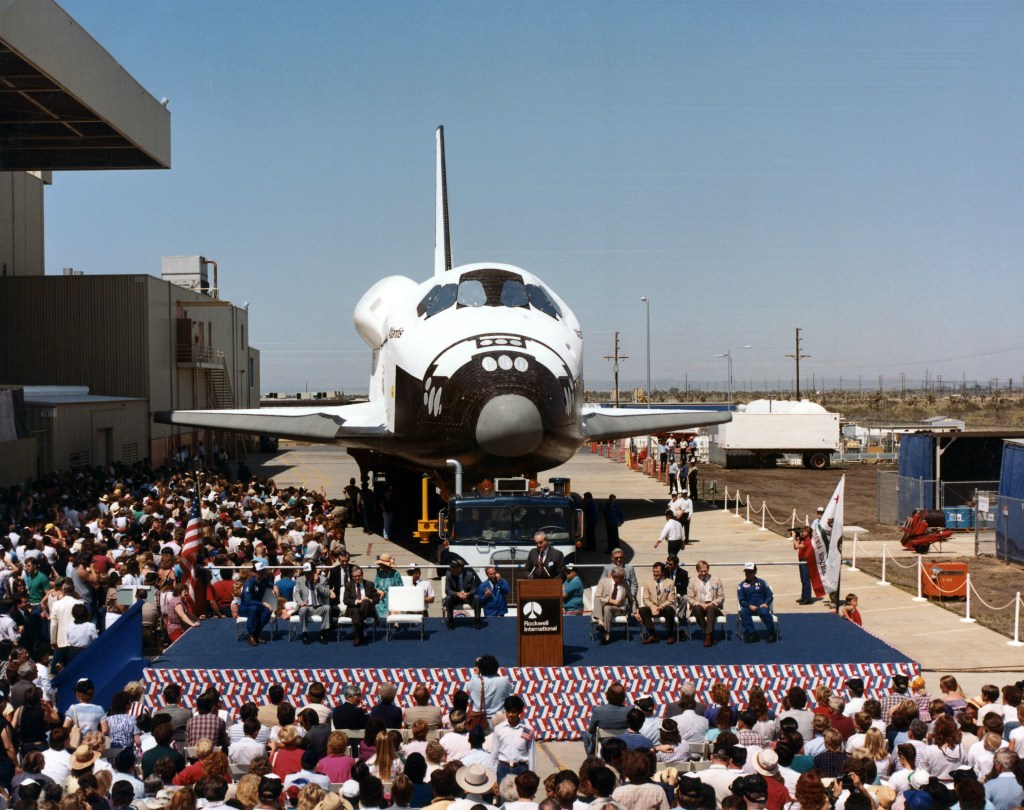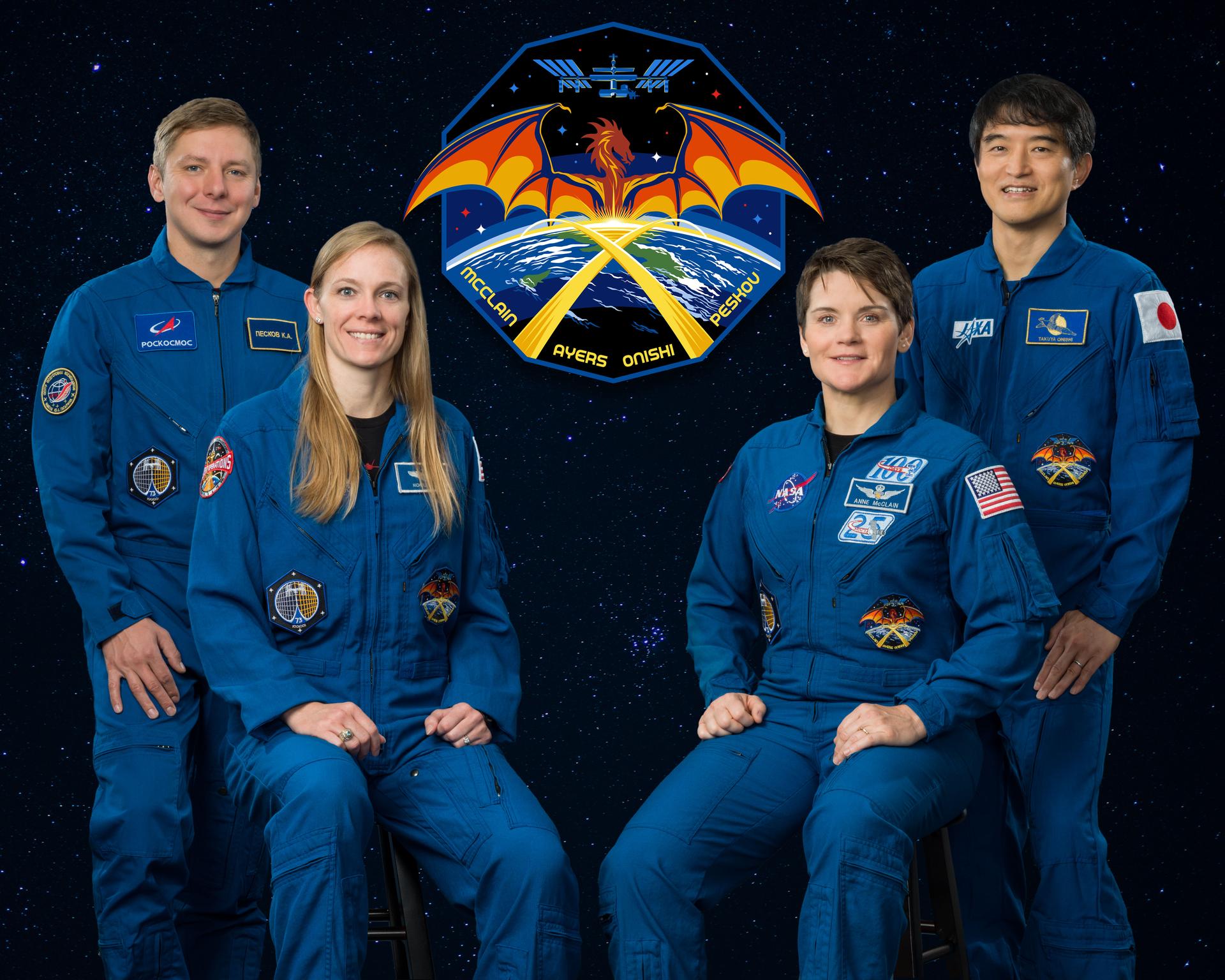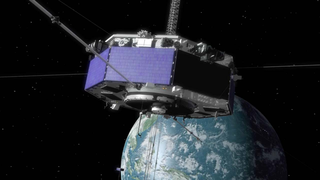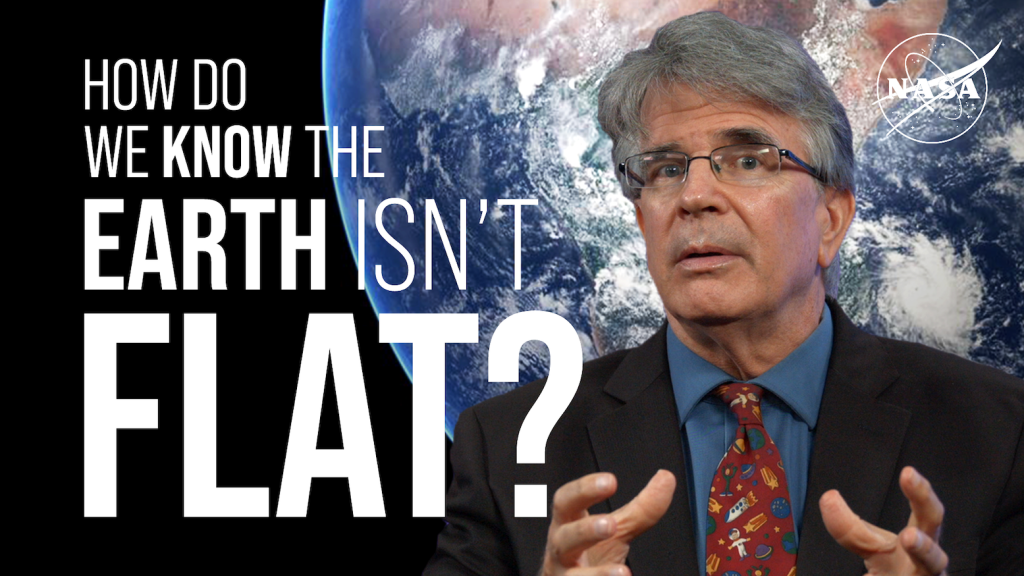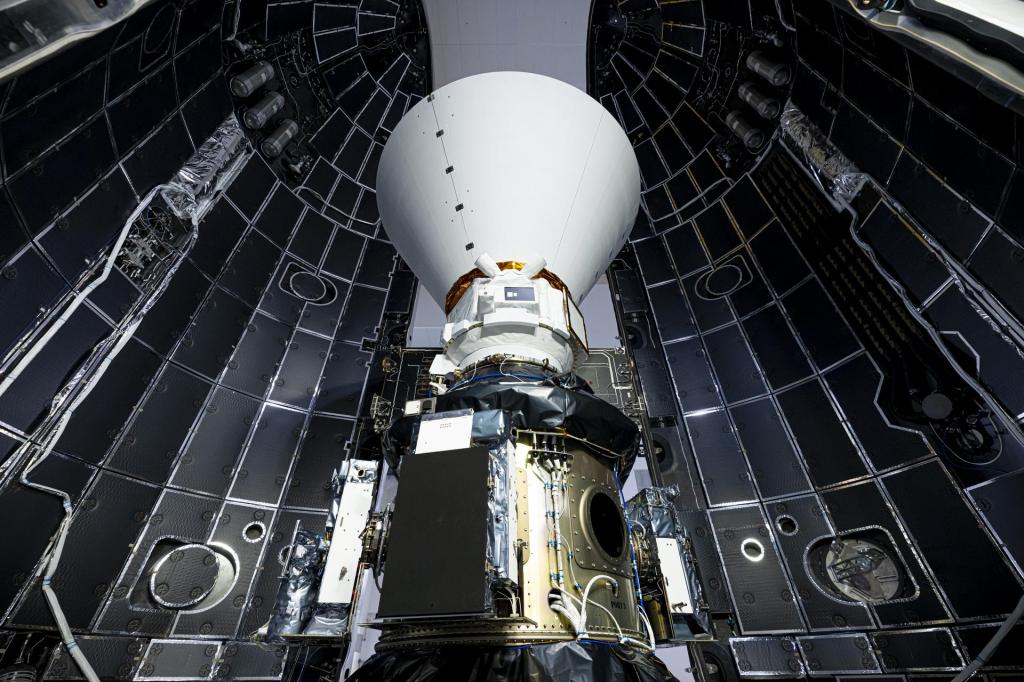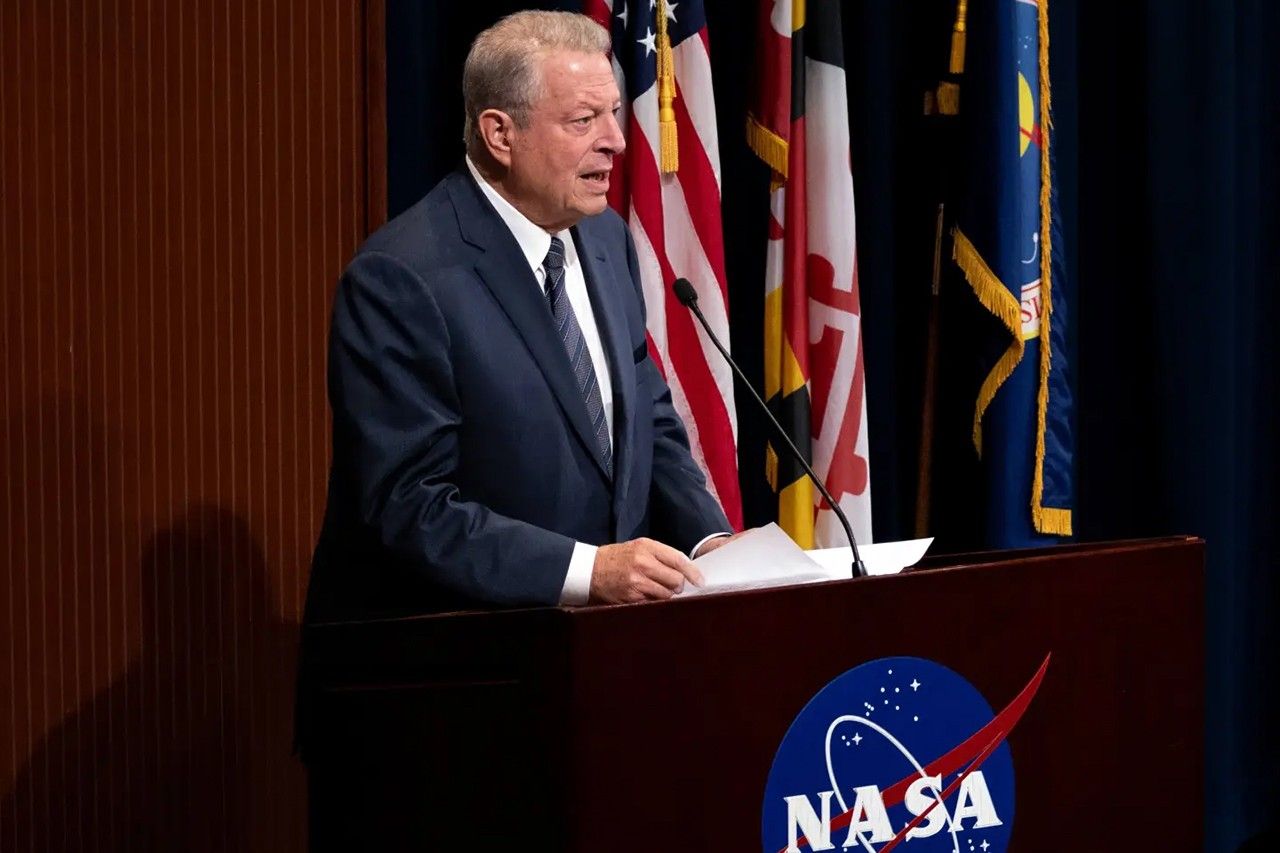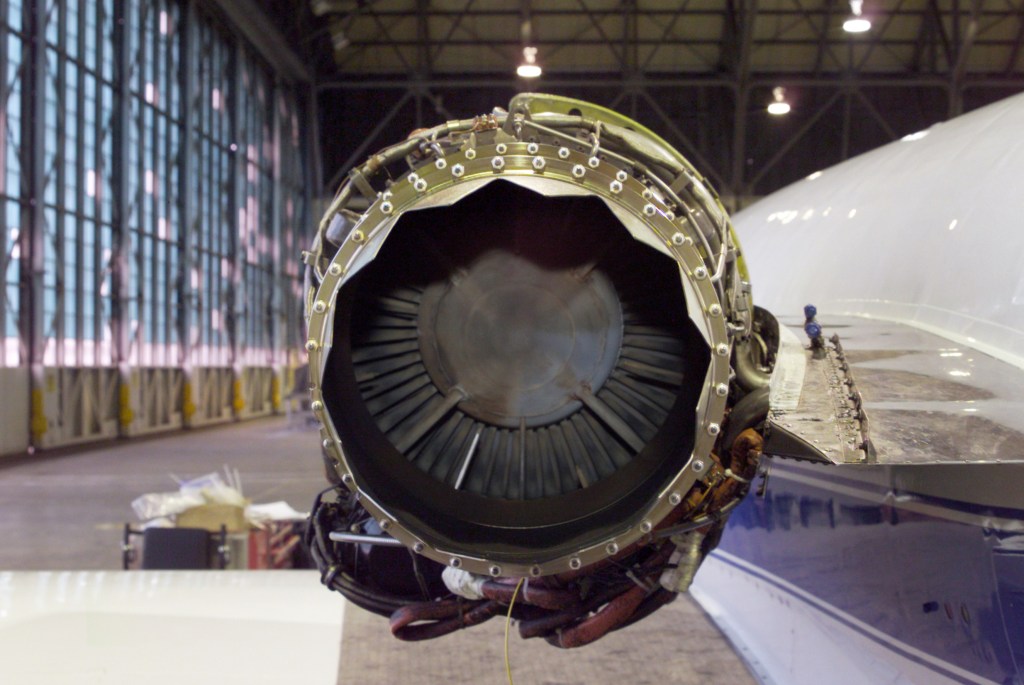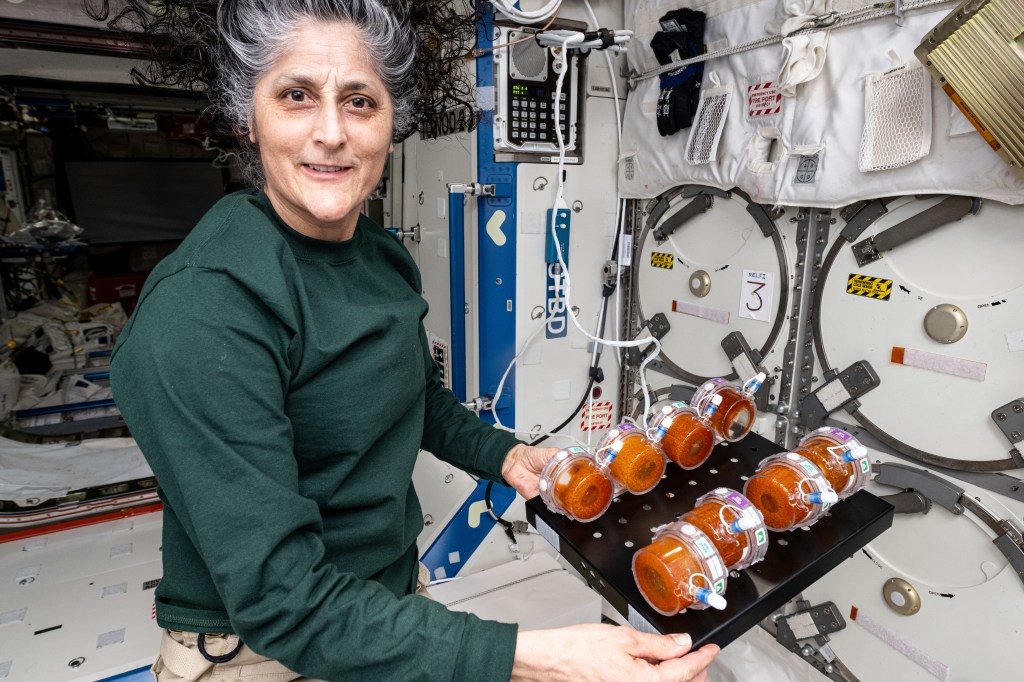Jonathan Ludwicki
Cornell University
The proposed research seeks to manipulate heat transfer during flow condensation in low-gravity environments by employing switchable wettability surfaces. Specifically, the condensing surface will be switched from a wetting to non-wetting state, and vice-versa, via a stimulus-responsive surface coating. Both active and passive wettability control will be sought, with the surface responding to either voltage commands (active control) or temperature change (passive control). When the condenser is in the wetting state, fluid forms a continuous film which reduces heat transfer. Alternatively, when the condenser is in the non-wetting state, fluid forms discrete drops which increases heat transfer. It is well established that the heat transfer coefficient for dropwise condensation is an order of magnitude greater than that for filmwise condensation. This will enable a 10 times variation in heat transfer during flow condensation, with direct applicability to condensing heat exchangers aboard spacecraft. Additionally, the development of reliable dropwise condensation processes in low-gravity will allow for increased condensation heat transfer coefficients not previously realized in space, where filmwise condensation is prevalent.
The 2015 NASA Technology Area 14 Roadmap identifies the design of advanced heat transfer devices with enhanced and/or variable heat transfer capabilities as enabling technology candidates for human exploration missions beyond low-Earth orbit. Such devices include flow condensers, whereby an increase in thermal efficiency would allow for both weight and size savings. Also desired are variable heat transfer capabilities so as to accommodate changing heat loads during spaceflight. For low-heat-loads, the condenser would be configured for minimal heat transfer to conserve energy. For high-heat-loads, the condenser would be configured for increased heat transfer to avoid overheating critical instrumentation. From a fundamental standpoint, NASA’s 2015 Technology Area Roadmaps 6 and 14 also state the critical need for basic research on condensation phase change behavior in partial and microgravity environments, which this technology development would provide.


